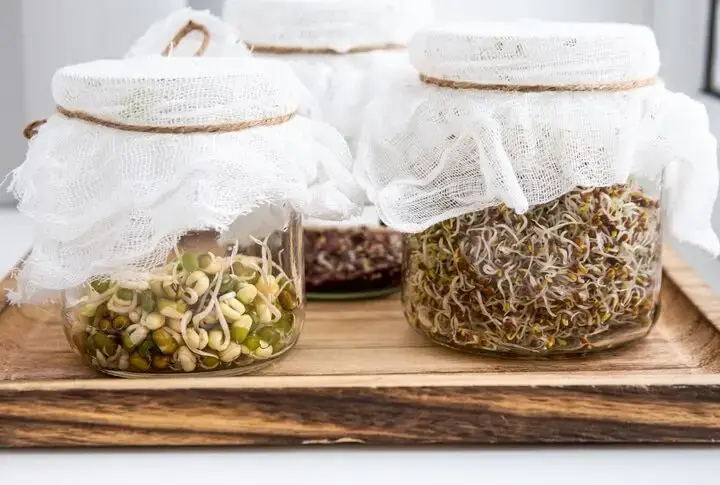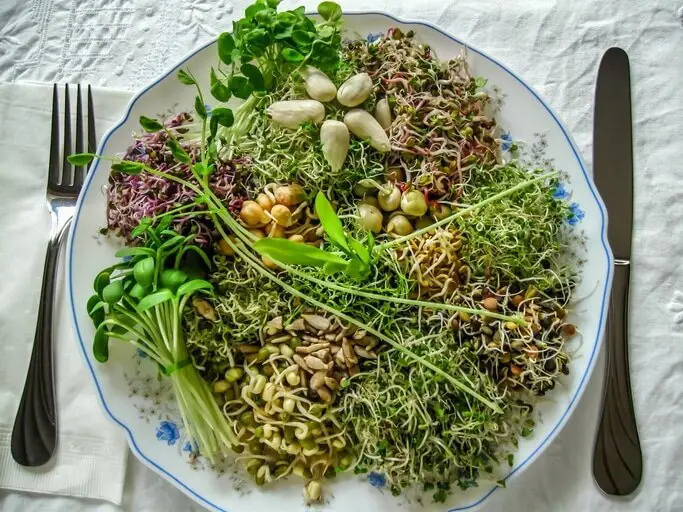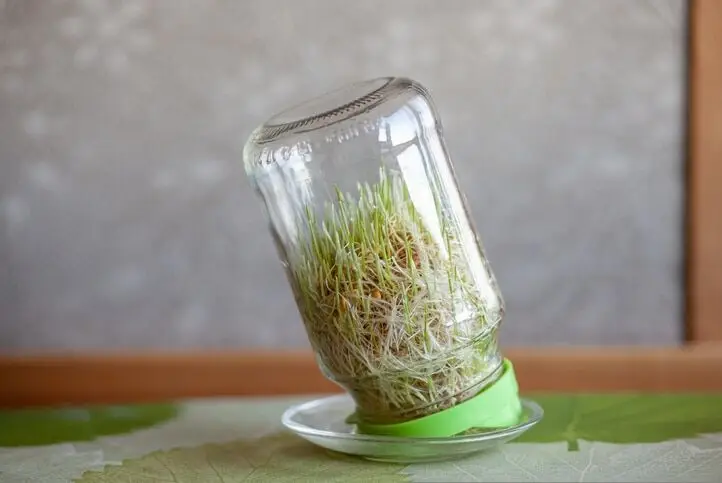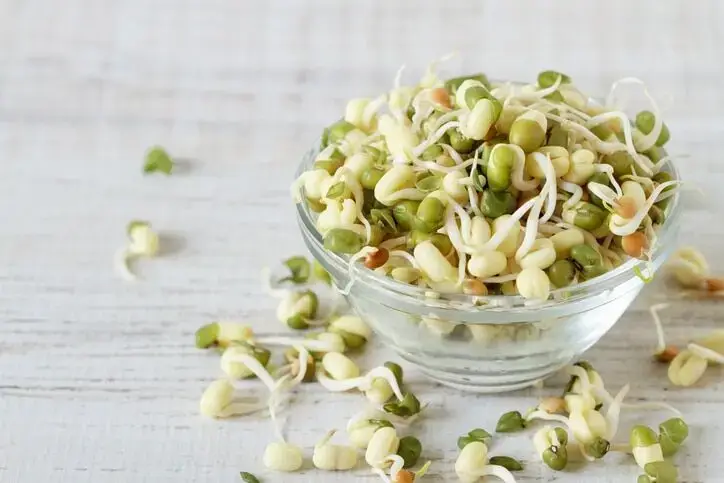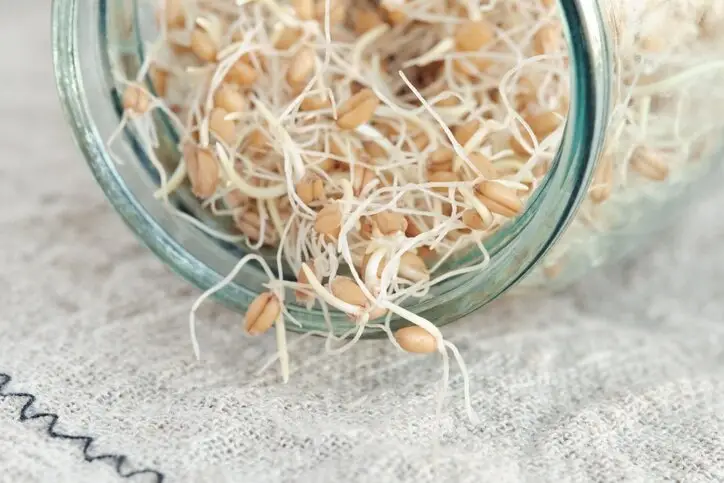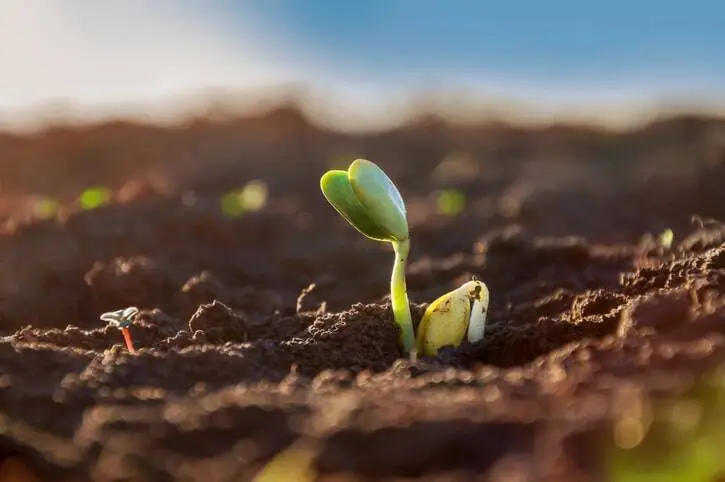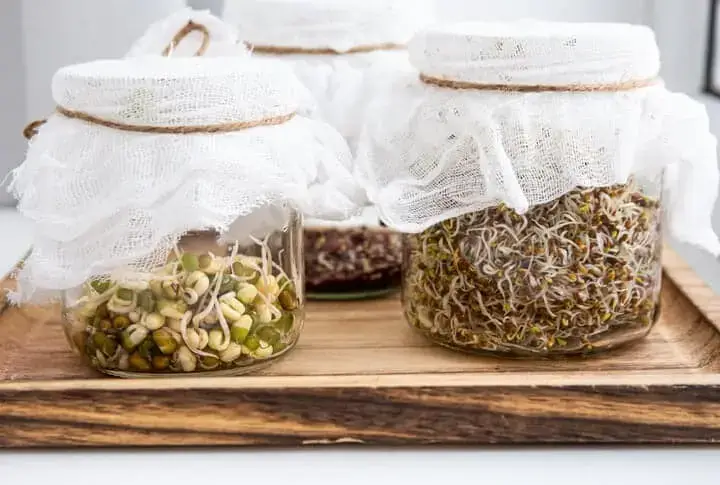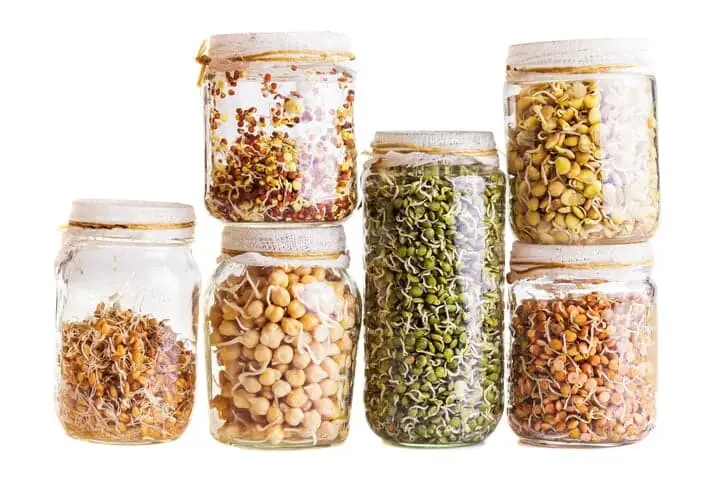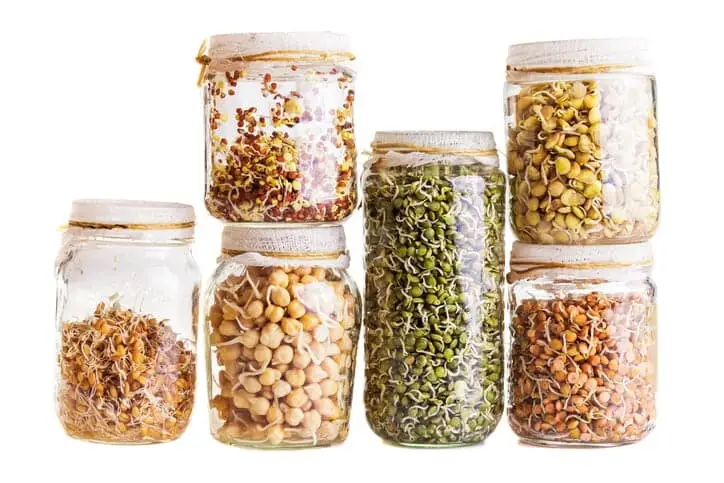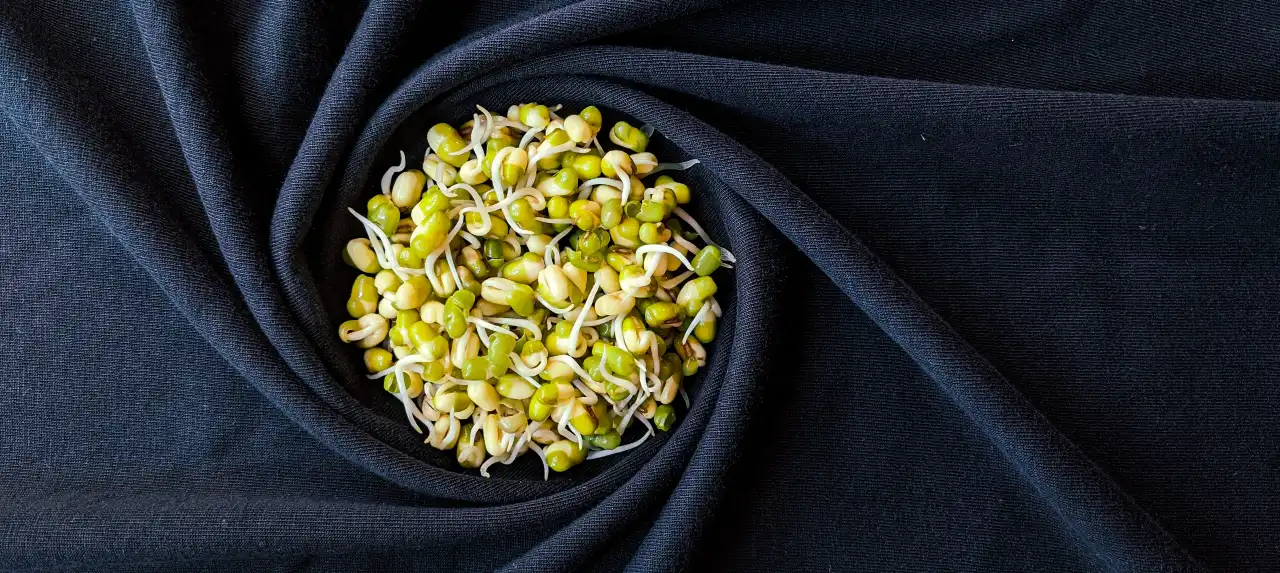The Science Behind Sprouting: How It Works and Why It Matters
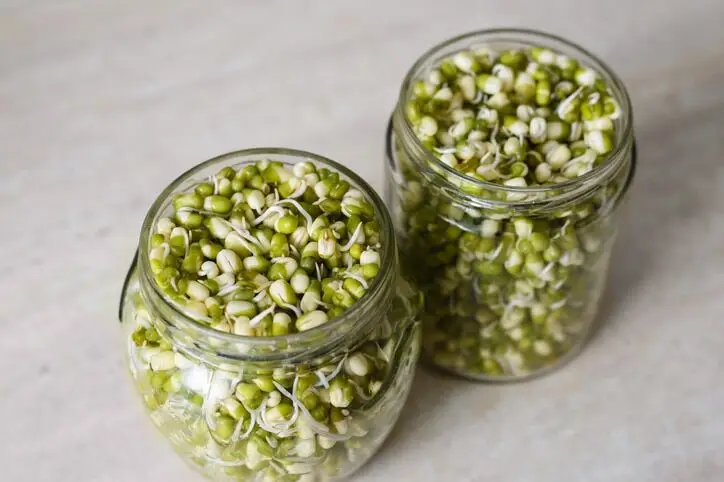
Introduction
Sprouting, the process of germinating seeds to produce young plants, is a fascinating natural phenomenon and a practice that has been embraced for its nutritional and health benefits. But have you ever wondered about the science behind sprouting? How does a tiny seed transform into a vibrant sprout bursting with life and nutrition? In this article, we’ll delve into the science behind sprouting, exploring the biological processes and factors contributing to its success. Understanding the science of sprouting can deepen our appreciation for this natural process and highlight why it matters for our health and well-being.
The Germination Process
Sprouting is a remarkable biological process that unfolds when the right conditions are provided. Let’s examine the key stages of germination:
a. Activation: The process of sprouting begins with the activation of a dormant seed. Seeds contain an embryo and are covered by a protective seed coat. When moisture, oxygen, and the right temperature are exposed, the seed awakens from its dormant state.
b. Imbibition: Imbibition is the absorption of water by the seed. As water penetrates the seed coat, it triggers biochemical changes within the seed. This process softens the seed coat, allowing the embryo to break free and initiate growth.
c. Embryonic Growth: Once imbibition occurs, the embryo inside the seed starts to grow. It develops a root, known as the radicle, which anchors the sprout into the growing medium, and a shoot, which emerges above the ground. The shoot develops cotyledons, the embryonic leaves that provide initial nourishment to the growing sprout.
d. Photosynthesis: As the shoot emerges, it begins to produce chlorophyll and undergoes photosynthesis. Chlorophyll allows the sprout to convert light energy into chemical energy, enabling the synthesis of carbohydrates and the production of additional leaves and stem growth.
Factors Influencing Sprouting Success
Several factors influence the success of sprouting. Understanding and managing these factors can optimize the sprouting process:
a. Moisture: Adequate moisture is essential for sprouting. It initiates imbibition, activates enzymes, and facilitates biochemical reactions. Proper hydration ensures the seed remains viable and the sprout grows optimally.
b. Oxygen: Oxygen availability is crucial for sprouting. It supports the metabolic processes involved in germination, including energy production and enzyme activity. Oxygen promotes root growth and enables the sprout to access nutrients in the growing medium.
c. Temperature: Different seeds have specific temperature requirements for optimal germination. Generally, moderate temperatures between 20-25°C (68-77°F) are favourable for most sprouts. Warmer temperatures speed up germination, while cooler temperatures can slow it down.
d. Light: Light plays a role in sprouting, particularly after the emergence of the shoot. While some sprouts benefit from exposure to light for photosynthesis, others prefer darkness. Research the light preferences of specific sprout varieties for optimal growth.
e. Seed Quality: The quality of the seeds used for sprouting is crucial. High-quality seeds, preferably organic and specifically labelled for sprouting, ensure viability, cleanliness, and optimal nutrient content. Source seeds from reputable suppliers to enhance the success of your sprouting endeavours.
Nutritional Benefits of Sprouting
Sprouting enhances the nutritional value of seeds, making them more bioavailable and nutrient-dense. Here’s how sprouting enhances nutrition:
a. Increased Enzyme Activity: During the sprouting process, enzymes become activated and their activity levels increase significantly. Enzymes play a crucial role in breaking down complex nutrients, such as proteins and carbohydrates, into simpler forms that are easier for our bodies to digest and absorb.
b. Enhanced Nutrient Content: Sprouts are packed with essential vitamins, minerals, and antioxidants. The germination process leads to an increase in certain nutrients, such as vitamin C, vitamin E, beta-carotene, and folate. Additionally, sprouts often contain higher levels of beneficial compounds, including polyphenols and flavonoids, which possess antioxidant and anti-inflammatory properties.
c. Improved Digestibility: Sprouting breaks down complex carbohydrates, proteins, and fats, making them more easily digestible. This can be particularly beneficial for individuals with digestive issues or those who have difficulty digesting certain foods.
d. Increased Antioxidant Activity: Sprouts are known to have higher antioxidant activity compared to unsprouted seeds. Antioxidants help neutralize harmful free radicals in the body, reducing oxidative stress and protecting against chronic diseases, including heart disease, certain types of cancer, and age-related macular degeneration.
e. Enhanced Mineral Absorption: Sprouting can increase the bioavailability and absorption of minerals, such as iron, zinc, and calcium. Sprouts contain compounds, such as phytic acid, that inhibit mineral absorption. However, during sprouting, enzymes break down these compounds, allowing for better mineral absorption.
Incorporating Sprouts into Your Diet
Now that we understand the science behind sprouting and its nutritional benefits, let’s explore some creative ways to incorporate sprouts into your diet:
a. Salads and Bowls: Add a handful of sprouts to your favourite salads or grain bowls for a fresh and crunchy texture. They pair well with a variety of vegetables, grains, and dressings, providing a nutritious boost to your meal.
b. Sandwiches and Wraps: Layer sprouts on sandwiches or wraps for added crunch and flavour. They add a refreshing element to sandwiches filled with veggies, cheese, or plant-based proteins.
c. Stir-fries and Sautes: Toss sprouts into stir-fries or sauté them with other vegetables for a nutrient-packed side dish. Their crispness and delicate flavours complement a wide range of stir-fry combinations.
d. Smoothies and Juices: Blend mild-flavoured sprouts, such as alfalfa or clover sprouts, into your smoothies or juices for an extra nutritional punch. They can be easily incorporated along with fruits, leafy greens, and other superfood ingredients.
e. Toppings and Garnishes: Sprinkle sprouts on top of soups, roasted vegetables, or savoury dishes as a finishing touch. They provide not only a visual appeal but also a nutritional boost to your meals.
Resources for Further Exploration
To delve deeper into the science of sprouting and find more inspiration for incorporating sprouts into your diet, consider exploring reputable online resources:
-
- SproutPeople (www.sproutpeople.org): This website offers comprehensive information on sprouting techniques, seed selection, nutritional benefits, and recipe ideas.
- The Sprout House (www.thesprouthouse.com): This website provides valuable resources for sprouting enthusiasts, including step-by-step guides, nutritional information, and sprouting recipes.
- “The Science of Sprouting Seeds” by Learn Organic Gardening at GrowingYourGreens (YouTube video)
- “The Health Benefits of Sprouting” by Dr. Michael Greger at NutritionFacts.org (YouTube video)
These resources offer valuable insights into the science behind sprouting, nutritional benefits, and practical tips for incorporating sprouts into your daily diet.
Conclusion
The science behind sprouting reveals the remarkable transformation that occurs when a seed comes to life. Understanding the biological processes and factors that contribute to successful sprouting enhances our appreciation for this natural phenomenon.
Sprouting unlocks the full potential of seeds, making them more nutrient-dense, digestible, and bioavailable. By incorporating sprouts into our diets, we can enjoy the benefits of increased enzyme activity, enhanced nutrient content, improved digestion, and greater antioxidant and mineral absorption.
To incorporate sprouts into your daily meals, consider adding them to salads, sandwiches, stir-fries, smoothies, and as toppings or garnishes. The versatility of sprouts allows for creative and nutritious culinary combinations.
As you embark on your sprouting journey, consult reputable sources and explore the wealth of information available online. Websites such as SproutPeople and The Sprout House offer valuable guidance, and YouTube videos provide visual demonstrations and expert insights.
Remember to source high-quality seeds, ensure proper sprouting conditions, and practice good hygiene to maximize the benefits and safety of sprouts.
So, embrace the science behind sprouting and make room for these nutrient-packed powerhouses in your diet. Unlock their potential and experience the vibrant flavors, textures, and health benefits they offer.
References
- SproutPeople (www.sproutpeople.org)
- The Sprout House (www.thesprout house.com)
- “Seeds and Germination Explained” – YouTube video below.
- “Health Benefits of Sprouts” – YouTube video below.
Please note that the provided references are not exhaustive, and it’s always recommended to explore additional sources for a comprehensive understanding of the science behind sprouting and its significance for nutrition and well-being.
Happy sprouting and embracing the scientific wonders of this transformative process in your culinary adventures!
Disclaimer
The information provided in this article is for educational and informational purposes only and is not intended as medical advice. It is not a substitute for professional medical advice, diagnosis, or treatment. Always seek the advice of a qualified healthcare provider with any questions you may have regarding a medical condition. The author and publisher of this article are not responsible for any adverse effects or consequences resulting from the use of any suggestions, preparations, or procedures described in this article.
https://www.youtube.com/watch?v=taaiH3XdSxwhttps://www.youtube.com/watch?v=2iJ_AShFIGI


